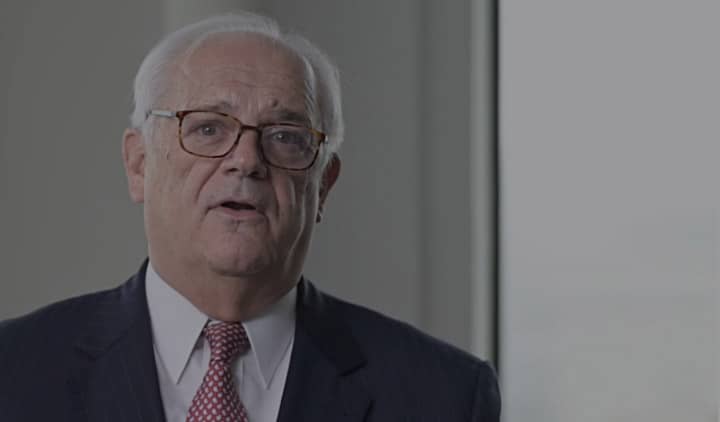When Will Appellate Court’s Stop Avoiding What Is Right For Medical Malpractice Victims?
On May 12, 2009, the 5th District Court of Appeal heard oral arguments in the most recent challenge to California’s unfair and antiquated 34 year-old cap on pain and suffering damages in medical malpractice cases in Van Buren v. Evans, FO54227. Less than 4 weeks later, in an unpublished opinion, it upheld the validity of the antiquated, repressive and unconstitutional scheme.
Counsel for the injured victim, Robert Peck, of the Center for Constitutional Litigation (CCL) in Washington, D.C., asked that the three-justice panel to strike down the 34 year old artificial restriction on the common law rights of negligence victims, contending it violates the right to a jury trial and equal protection.
Correctly pointing out that whatever “crisis” may have existed in the mid-1970s when the Legislature approved the Medical Injury Compensation Reform Act has long since passed, Plaintiff James Van Buren asked the appellate panel to restore the full measure of damages awarded him by a Merced County jury
The case began when Van Buren was diagnosed with a perianal abscess. During surgery his doctor severed a muscle, causing him to suffer permanent fecal incontinence. A Merced jury in July 2007, finding in accord with the evidence and applicable CACI jury instructions, determined his damages for a lifetime of incontinence to be $2,500,000. As is in all medical negligence trials, the jury was not told of the special immunity from full damages accorded the medical provider. Instead, it was told to fairly apply the law – which it did.
There was no argument on appeal that the jury had done anything wrong – just the opposite: everyone agreed it correctly determined the value to be placed on the harm suffered by Van Buren.
Over ruling the jury’s finding, The Superior Court trial judge reduced the award to $250,000, as mandated by MICRA, which was signed into law by Governor Jerry Brown in 1975.
Mr. Van Buren is just one of the thousands of individuals who have been victimized by MICRA’s unfair restrictions over the last thirty four years. The most recent study conducted by the Rand Institute, examining data from actual medical malpractice trials, concluded that medical defendants’ liability, as fixed by jurors conforming to the law and evidence, is reduced in almost one-half of the medical negligence cases tried in California courts.
For three decades malpractice insurance companies have misled the public by arguing that medical malpractice cases are responsible for skyrocketing health care costs and are driving qualified doctors out of California. In fact, studies show that less than 1% of all healthcare costs are attributable to legal costs and there is no difference between capped and non-capped states in the ratio of physicians to populations.
Will any California court look past the political clout of the medical community and do what is right? It is distressing that the 5th District court failed to overturn these laws, giving back full and equal rights to victims of medical malpractice.
There is no present justification for letting medical malpractice insurers use California medical consumers as the underwriting base for policies written outside of California in “non-capped” states. Protection of insurance company profits cannot support a system that tells a parent if his or her child is struck by a physician driving a car they are entitled to full compensation, but if killed through the negligence of the same physician in the operating room they are only entitled to a fraction of what they are owed.
The California Medical Association has successfully argued for almost 35 years that any alteration or increase in the damage cap would bring about “collapse” of the health care delivery system. Such threats become more hollow with each passing year as objective data continues to verify that insurance costs make up less than 1% of California’s total health care expenditures.
A system that penalizes most, those who are hurt the most severely, cannot possibly pass constitutional muster under the equal protection or due process clauses. The MICRA damage limit has never risen. The $250,000 limit established in 1975 is now worth less than 60,000 in 2009 dollars. With so little protection for injured patients, it is no wonder that California ranks in the bottom ten states in the union in patient safety.


